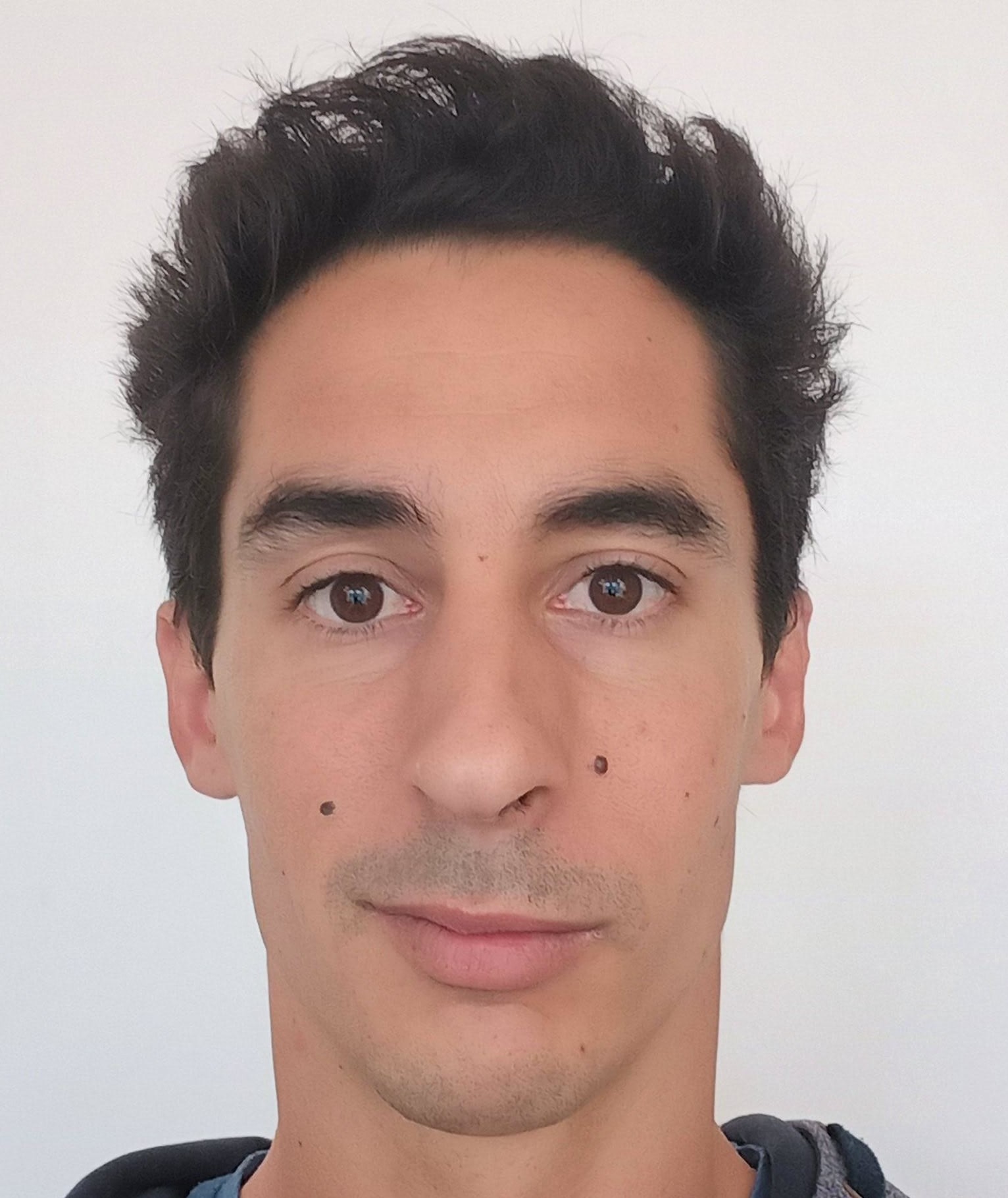 |
Dr. Stephen Ramanoel (Associate Professor)University of Côte d’Azur
LAMHESS, Nice, France
Secondary affiliation:
Vision Institute Aging in Vision and Action Lab CNRS – INSERM – Sorbonne Université email:
|
Research interests: My current postdoctoral is dedicated to the Silversight project “Healthy Visual Aging, Action and Autonomy” (ANR Research Chair) at the Vision Institute. As a researcher, I am mainly interested in the impact of human aging on vision. More specifically, I investigate the impact of healthy aging on cerebral bases, in relation to visual processing and spatial cognition, using several MRI approaches. Moreover, I am interested by advanced MRI data processing (pre-processing and statistical modelling) as well as optimization methods.
Short bio: I first completed a Master degree in Sport Sciences at the University of Grenoble, France, then a second Master degree in Cognitive Sciences at the Institut National Polytechnique de Grenoble. I pursued as engineer, working on fMRI in monkeys at the Neurosciences Cognitive Center (Lyon, France) during one year. In 2015, I obtained my PhD in Cognitive Sciences from the University of Grenoble Alpes under the supervision of Carole Peyrin (LPNC) and Michel Dojat (GIN). My thesis focused on the study of perception and cognition into the human brain using psychophysics and neuroimaging approaches. More specifically, I investigated (i) the retinotopic organization of spatial frequency processing in visual cortex and (ii) the brain plasticity in normal and pathological (Aged-Macular Degeneration) aging using fMRI associated with retinotopic mapping. In addition, my thesis included methodological developments linked to the acquisition and the processing of fMRI data for applications in a clinical context. In February 2016, I joined the team “Aging in Vision and Action” as a postdoctoral fellow to study the impact of healthy aging on the cerebral bases of vision processing and spatial cognition using fMRI.
Keywords: Spatial frequency, Visual perception, Healthy aging, AMD patients, Spatial cognition, fMRI, Structural MRI, Brain mapping, Retinotopic mapping.
CV and Publication List (pdf): [ download ]
Publications
Order by Year - Category
Show All - Journals - Peer-reviewed conference proceedings - Others
2023
- (2023) The vertical position of visual information conditions spatial memory performance in healthy aging. Communications Psychology, 1:2.
2022
- (2022) The vertical position of visual information conditions spatial memory performance in healthy aging. BioRxiv Preprint.
- (2022) Selective neural coding of object, feature, and geometry spatial cues in humans. Human Brain Mapping.
- (2022) An appraisal of the role of the neocerebellum for spatial navigation in healthy aging. The Cerebellum.
- (2022) Future trends in brain aging research: visuo-cognitive functions at stake during mobility and spatial navigation. Aging Brain, 2:100034.
2021
- (2021) Mobile brain/body imaging of landmark-based navigation with high-density EEG. European Journal of Neuroscience, 54(12):8256-8282.
- (2021) Variance-dependent neural activity in an unvoluntary averaging task. Attention, Perception, and Psychophysics, 83:1094-1105.
2020
- (2020) Differential Brain Activity in Regions Linked to Visuospatial Processing During Landmark-Based Navigation in Young and Healthy Older Adults. Frontiers in Human Neuroscience, 14:552111.
- (2020) Postural control while walking interferes with spatial learning in older adults navigating in a real Environment. Frontiers in Aging Neuroscience, 12:588653.
2019
- (2019) Age-related differences in functional and structural connectivity in spatial navigation brain network. Frontiers in Neural Circuits, 13:69.
2018
- (2018) Gray Matter Volume and Cognitive Performance During Normal Aging. A Voxel-Based Morphometry Study. Frontiers in Aging Neuroscience, 10:235.
- (2018) Participation of the caudal cerebellar lobule IX to the dorsal attentional network. Cerebellum and Ataxias, 5(1):9.
- (2018) Age-related macular degeneration changes the processing of visual scenes in the brain. Visual Neuroscience, 35:E006.
2017
- (2017) Scene perception in age-related macular degenration: Effect of spatial frequencies and contrast in residual vision. Vision Research, 130:36-47.
2015
- (2015) Age-related differences in spatial frequency processing during scene categorization. PLoS One.
- (2015) Spatial frequency processing in scene-selective cortical regions. NeuroImage.
2014
- (2014) The neural bases of spatial frequency processing during scene perception. Frontiers in Integrative Neurosciences.
- (2014) Coarse-to-fine processing of visual scenes within scene-selective cortex. Journal of Cognitive Neuroscience.
2012
- (2012) Proactive inhibitory control varies with task context. European Journal of Neuroscience.